Understanding Bail Reform Research and Propaganda (Part 2 of 4):
The Bail Project Tulsa, Oklahoma Study
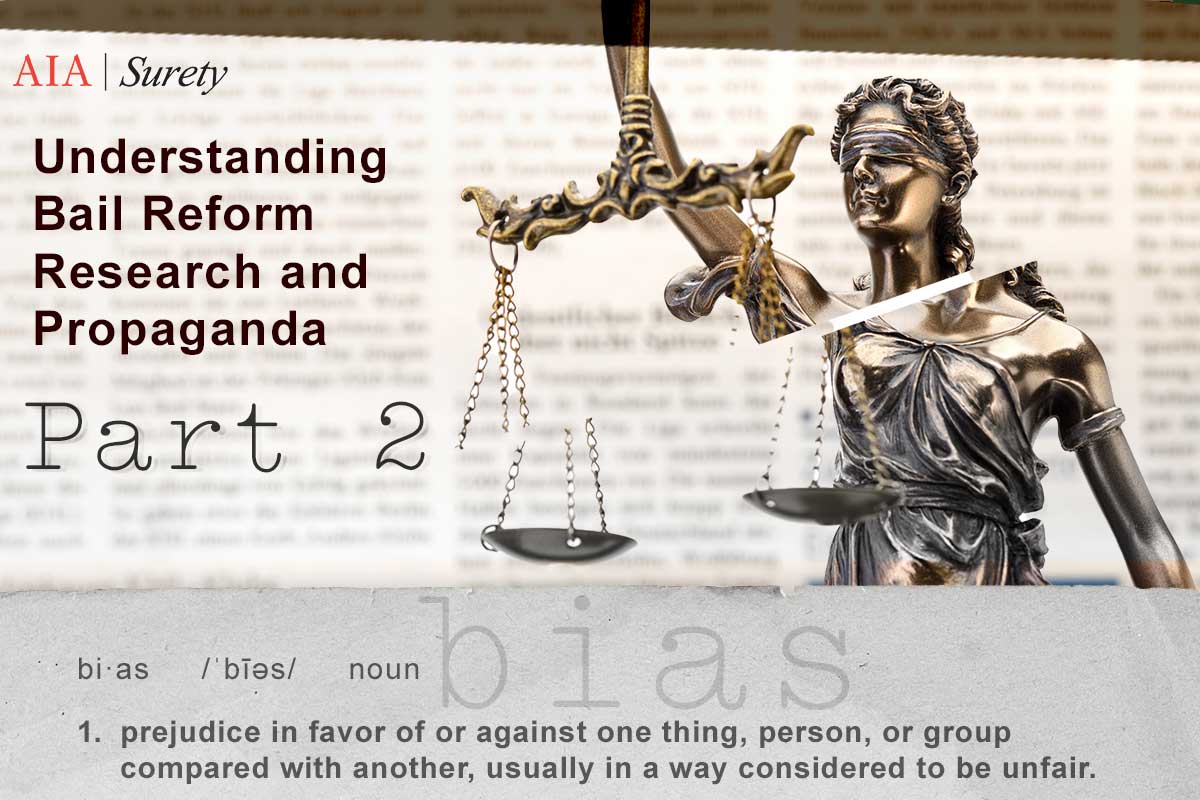
As we close out October and head into November, “Cashless Bail” is still making headlines across the country. Ever since President Trump’s August 25th executive order, bail reform has been put front and center as a leading topic and issue in the criminal justice discussion.
The ball is now in the Department of Justice’s court to develop an approach for addressing jurisdictions that utilize cashless bail as part of their soft on crime policies; we must remain steadfast and vigilant as we wait to see what happens. In the meantime, the bail reform movement continues to chug along, pumping out more research and propaganda. Below is our review of the next research study in our Bail Reform Research and Propaganda series.
The False Promise of Bail
An Analysis of Pretrial Release Mechanisms and Court Appearance in Tulsa County, Oklahoma
The Bail Project – June 10, 2025
![]() The next bail reform research study we are reviewing is currently circulating on social media and other online media sources. This study is based in Tulsa, Oklahoma by The Bail Project.
The next bail reform research study we are reviewing is currently circulating on social media and other online media sources. This study is based in Tulsa, Oklahoma by The Bail Project.
As most people know, anything published by The Bail Project can hardly be considered objective or fair. The Bail Project is the center point of a large bail-funded network across the country which has chapters in most states. They are a progressive anti-bail organization whose sole mission isn’t to improve public safety and the quality of life in our communities, but rather, to eliminate the use of secured bail throughout our criminal justice system. This translates into the wholesale free release of criminals into our streets with no accountability. To try and take any research produced by this organization as truthful and honest is a stretch. But to be fair, we will go through their study anyway and try to see if there is any merit to their findings.
The study’s objective:
- To debunk the myth that secured bail encourages defendants to return to court at better rates than those that are released for free.
The study’s methodology:
- Looked at 3,320 arrested individuals detained pretrial between June 12, 2020, and June 11, 2021, and whose cases were resolved by December 19, 2022
- Only included individuals arrested for a new alleged offense (i.e., not arrested for violating conditions of pretrial release or probation) within the one-year period, and whose bail amount did not exceed $15,000
- Assessed 5 types of mechanisms: Bail posted by individual, Bail posted by agent, bail posted by The Bail Project, Pretrial Services, and ROR
The study’s findings:
- Those released on secured bail (money) posted by a bail agent showed up for court 74% of the time
- Those released on bail (money) paid by another individual showed up for court 69% of the time
- Those released on bail paid by The Bail Project with no financial obligation showed up for court 78% of the time
- Those released on their own recognizance showed up for court 69% of the time.
- Overall, the study found that money bail was not responsible for better rates of court appearances.
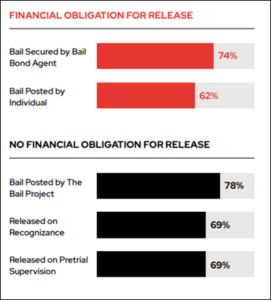 To be honest, these results are not surprising. What is surprising is that The Bail Project expects anyone to believe them. How are we supposed to believe that bail posted in “cash” by The Bail Project, who has no responsibility for ensuring the defendant shows up for court, has better results than bail being posted by a professionally licensed bail agent who is financially responsible for that defendant showing up for court? That doesn’t even come close to passing the smell test and is comical at best. Especially since every other legitimate third-party study ever done shows the complete opposite. But let’s go ahead and continue going through the study.
To be honest, these results are not surprising. What is surprising is that The Bail Project expects anyone to believe them. How are we supposed to believe that bail posted in “cash” by The Bail Project, who has no responsibility for ensuring the defendant shows up for court, has better results than bail being posted by a professionally licensed bail agent who is financially responsible for that defendant showing up for court? That doesn’t even come close to passing the smell test and is comical at best. Especially since every other legitimate third-party study ever done shows the complete opposite. But let’s go ahead and continue going through the study.
As we mentioned in our previous article on The Brennan Center report, sometimes finding the faults in these questionable studies comes down to simply reading them. Below are some of the key deficiencies and questions that came out of our review of the report.
- The study was not the product of rigorously matched comparison groups nor statistical analyses comparing differences among subgroups that rise to the level of statistical analysis.
- If you are conducting research comparing one form of release to another, wouldn’t it make sense to ensure that your research is statistically relevant? Especially since you are making claims that your research is “proof” that secured bail doesn’t work?
- The study was not designed to allow for “apples-to-apples” comparisons among subgroups, instead it focused on trends and patterns within groups.
- Once again, if your doing research to compare pretrial release mechanisms to one another, you should be doing an “apples to apples” comparison. Otherwise, your research would be flawed. The report even goes on to say that even though the comparison isn’t truly equal, the findings are good enough to “strongly suggest” that secured bail is not more effective.
- Required court appearances were captured using qualitative text analysis of court docket information, resulting in possible data limitations in extracting all required court appearances
- As we mentioned previously, sometimes all you must do is read the report and you will see its deficiencies. It says in the report that the data they used was limited and qualitative in nature. It is hard to use qualitative data in a report that claims quantitative differences between different forms of release. The Bail Project seems to be identifying the report’s own limitations, but telling us that it doesn’t matter, and their conclusion must be taken as fact. We are pretty sure that’s not how research is supposed to go.
- Instead of calculating the percentage of individuals who attended all appearances, they calculated the percentage of appearances attended by individuals.
- The statistic that is most important in any study assessing pretrial release effectiveness is the “Failure to Appear” number. The purpose of bail is to ensure appearance. Knowing if a particular release mechanism can incentivize individuals to appear is extremely important. So how you calculate FTAs is important too. All defendants must go to ALL court appearances to have a 100% appearance rate…or 0% FTA rate. If a defendant makes it to 9 out of 10 court appearances and misses one, that is a 100% FTA rate. However, The Bail Project calculates it a little differently. According to this report, they felt the correct FTA calculation was unfair. So instead, they decided to use a % of appearance approach. So now, if a defendant goes to 9 out of 10 court dates that is a 90% appearance rate (a 10% FTA rate). This is how they were able to create the perception of effectiveness and how they try and make the claim that secured bail is not effective.
- The study was funded by the Oklahoma Justice Fund
- Understanding who funds the research is key in truly understanding the objectivity of the research. The Oklahoma Justice Fund is a progressive organization committed to reducing jail populations. Hardly an objective party in this debate.
- The usual group of progressive anti-bail organizations and media outlets are all cited in the study.
- Just as was done in The Brennan Center report, the citations utilized in this research are the same who’s who of anti-bail groups, including, but not limited to, the Vera Institute, the MacArthur Foundation, Prison Policy Institute and The Henry Frank Guggenheim Foundation, to name a few.
Lastly, the one thing that truly stood out in this research was something that The Bail Project didn’t really call out in their findings. As part of the study, they put together the following chart showing various sample sizes for each audience and demographic breakdowns. Included on the chart was “Days Detained”.
If you look at the data closely, you can see that the number of days that someone sits in jail prior to being released on a secured bond posted by a bail agent is 4 days. The number of days that someone sits in jail prior to being released on a bond posted by The Bail Project is 12 days. Without even realizing it, The Bail Project just let the world know that people wait in jail 3x longer when they bail someone out… and we all know how devastating that can be. The Bail Project tells us all the time and even puts it on their website:
“Even one night of pretrial incarceration can be devastating: people lose their jobs, homes, and health. Their family members suffer. Approximately one third of sexual victimization involving jail staff happens in the first 24 hours in custody, and roughly 40% of jail deaths occur within the first week behind bars.”
Maybe The Bail Project needs to start looking at itself as being someone harming those in pretrial. See the chart below.
In conclusion, this report from The Bail Project follows the same mold as many of the other research reports that come from bail reform proponents. It appears to be more propaganda than fact. It makes the bold claim that secured bail isn’t as effective as free release and then supports that statement with research that is extremely limited and, in our opinion, biased. One doesn’t need a PhD or advanced degree to use common sense when it comes to this topic.
Letting criminal defendants out of jail pretrial for free is not something that makes our communities safer. It is not something that ensures a defendant’s appearance at all court appearances and it is not something that should ever be pushed on our criminal justice system.
Understanding Bail Reform Research and Propaganda Series
The Brennan Center for Justice’s “Bail Reform and Public Safety: Evidence from 33 Cities.”
This study was released last August and has been one of the studies that has been getting the most attention.
Tulsa, Oklahoma Study
The next bail reform research study we are reviewing is currently circulating on social media and other online media sources. This study is based in Tulsa, Oklahoma by The Bail Project
Harvard Kennedy School – December 2021
The next study we are going to review is from Harvard’s John F. Kennedy School of Government. The study was released in December 2021 and, much like the previous two studies we have reviewed, is focused on trying to disprove the concept that bail reform policies have increased crime in our communities.
Is Bail Reform Causing an Increase in Crime – January 2023
Our last study in our Bail Research series is from the Harry Frank Guggenheim organization. As you will see, the pattern stays the same with this study. The same findings that bail reform has not increased crime, the same citations, the same sources, and the same self-cited limitations and deficiencies.
SJ Quinney College of Law, University of Utah
Does Bail Reform Increase Crime? An Empirical Assessment of the Public Safety Implications of Bail Reform in Cook County, Illinois
Paul G. Cassell & Richard Fowles, University of Utah
Februrary 2020
This next study examines the outcome of the Bail Reform Act of 2017 passing in Illinois. This piece of legislation eliminated the use of any sort of financially secured pretrial release from the state of Illinois. In other words, the only options available to anyone who is arrested are now 1. free taxpayer funded release or 2. no release (detention). Neither of which are good nor effective options.

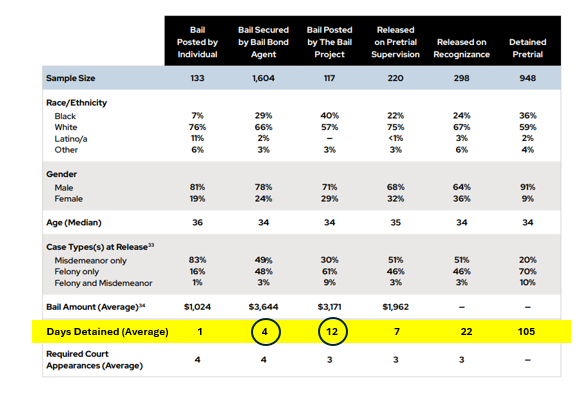
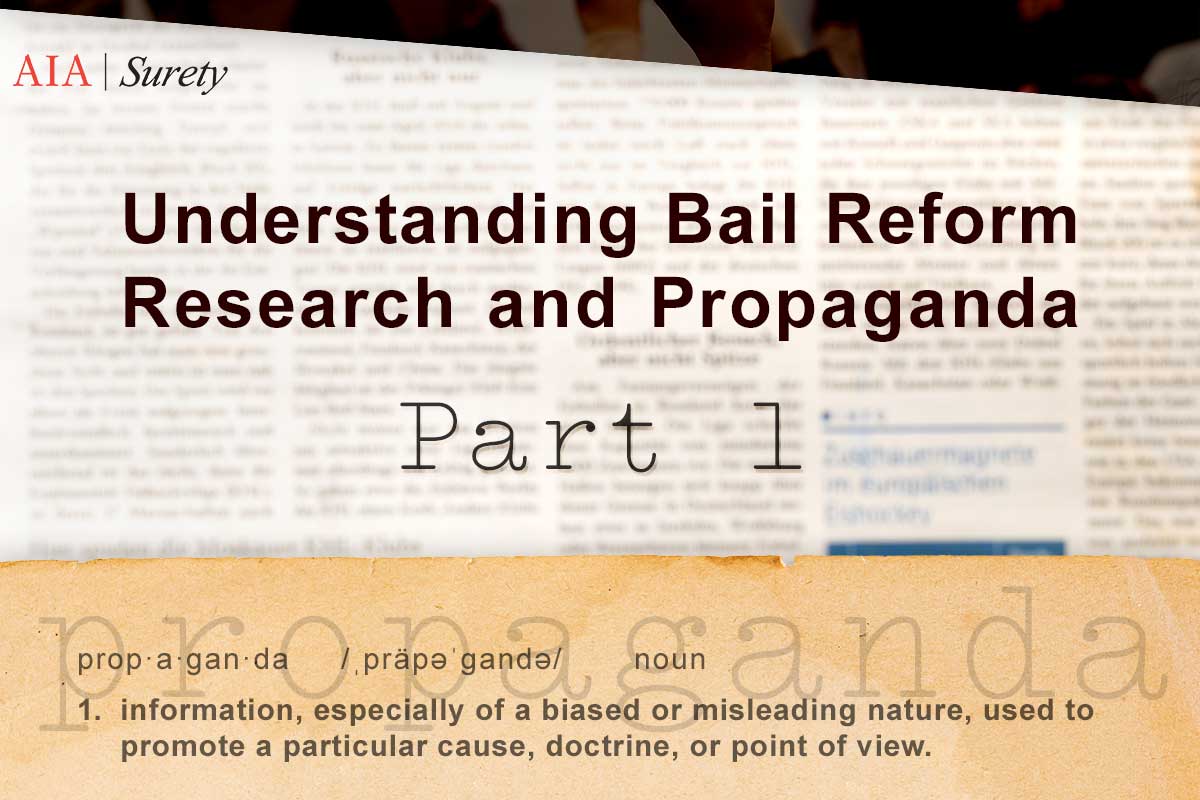
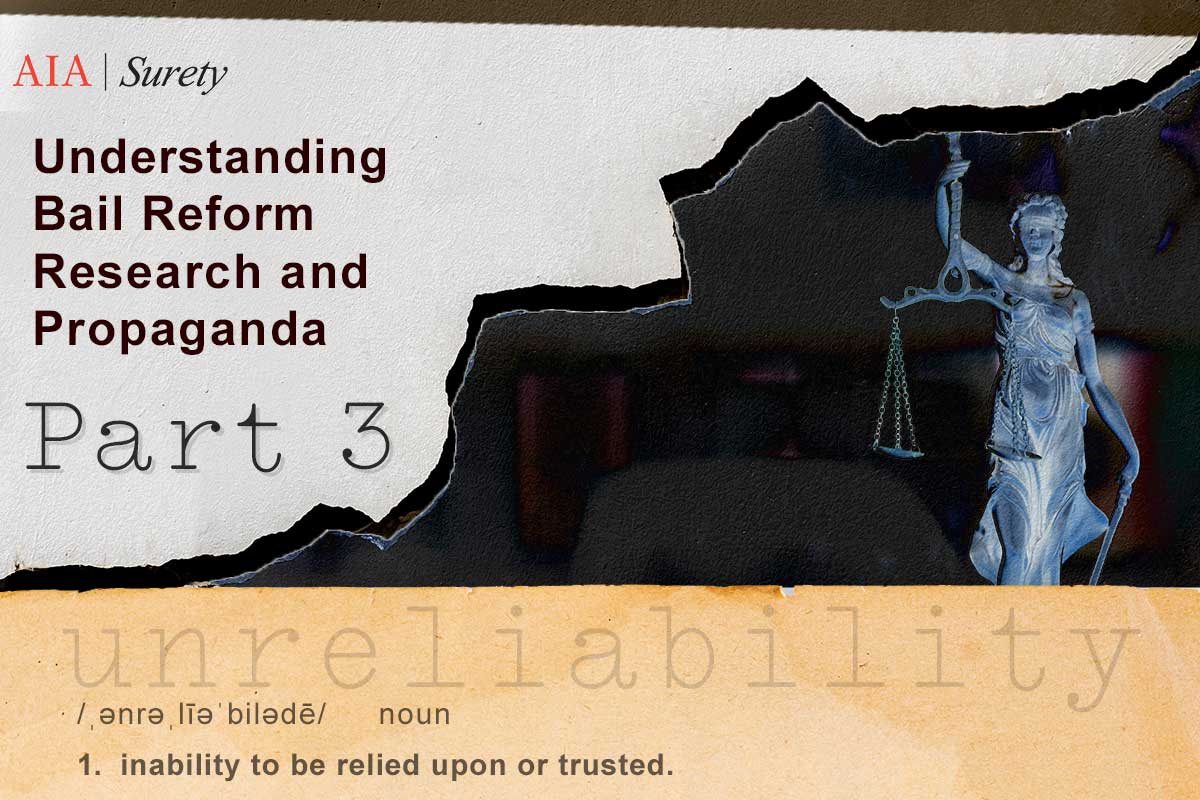
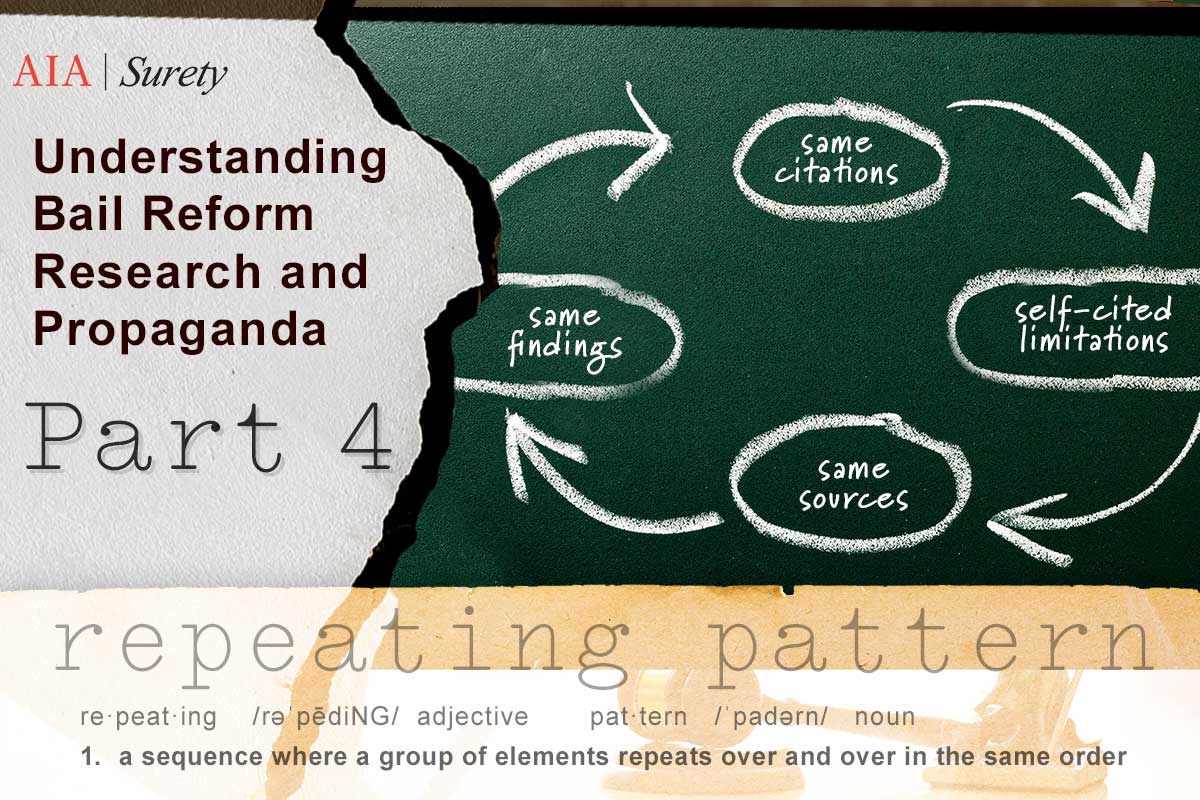
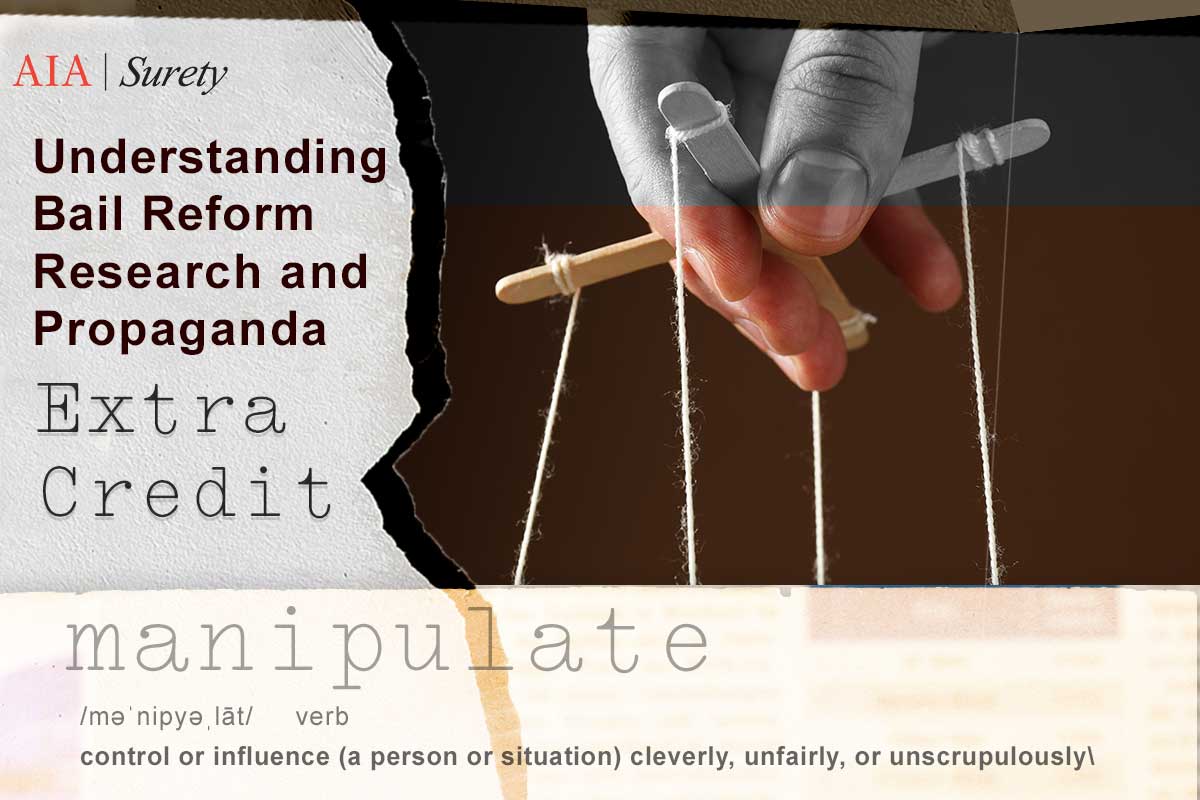
Pingback: Understanding Bail Reform Research and Propaganda: Part 1 - AIA Bail Bond Surety
This is another solid and well-researched analysis. The Bail Project’s so-called “study” out of Tulsa exposes exactly what we’ve been warning about for years — selective data, flawed comparisons, and politically funded conclusions passed off as science. The point about how The Bail Project itself keeps people in jail three times longer than professional sureties is devastating. That single fact dismantles their whole argument.
No one disputes that pretrial fairness matters — but fairness also means accountability. Surety-based release remains the only model that consistently combines both: it gets defendants out faster, guarantees appearance, and costs taxpayers nothing. These “reform” groups ignore that reality because it doesn’t fit their narrative. Thank you for continuing to expose the difference between propaganda and performance.
Pingback: Understanding Bail Reform Research and Propaganda: Part 3 - AIA Bail Bond Surety